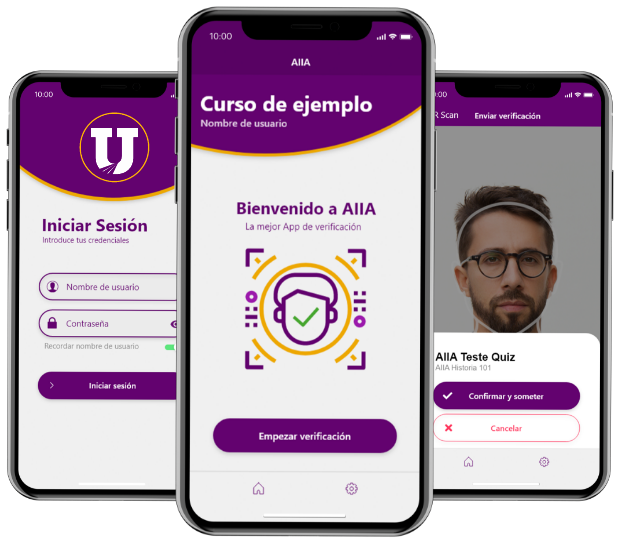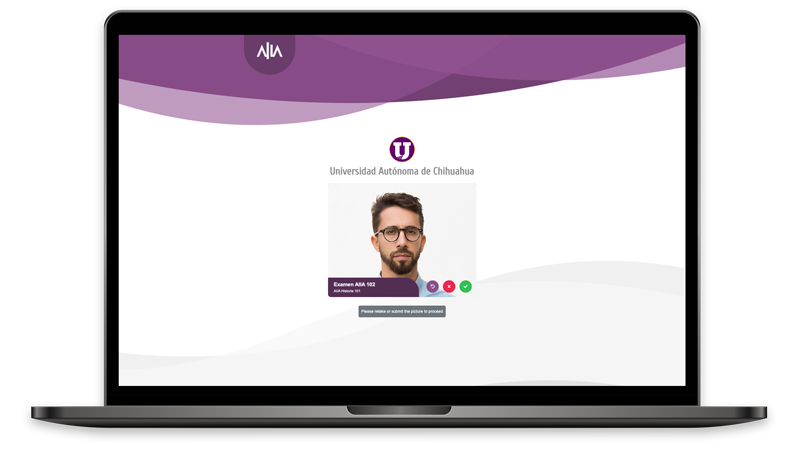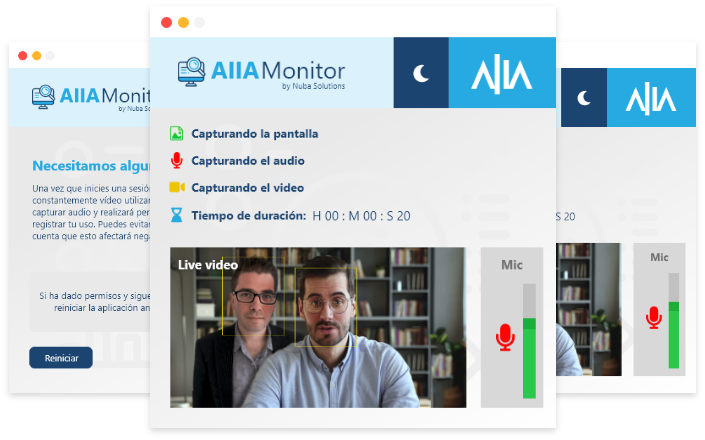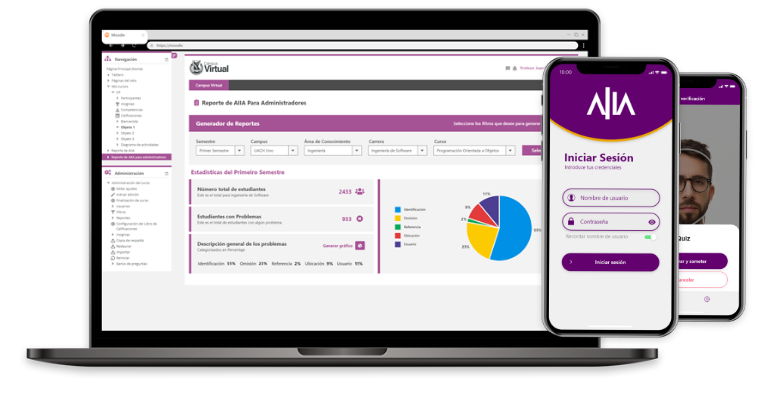
Welcome
Smart Development Solutions
A project that is composed by mobile and web applications, an activity monitor that detects unwanted behavior, and several integration features for the university's learning management system, such as reports and live classroom.
The main goal of this project was to enhance the online education standards to in person levels. It is common for fully online degrees to be considered of less relevance when compared to on campus courses. The main reason for that might be the fact that a student could share their credentials with a colleague to perform an exam or quiz without any issues. For that reason, UACH reached out to us, to collaborate and find a solution for this very known problem.
Lorem ipsum, dolor sit amet consectetur adipisicing elit. Alias officia quidem voluptas nemo odio quod deserunt eveniet! Magni odit beatae autem repellendus! Incidunt eum voluptates, sunt odio dolore impedit et, quisquam atque illo dolor, ipsum voluptas inventore. Consequuntur, eum asperiores cupiditate, ad aliquid velit sunt sit quo inventore ratione consectetur?
A mobile application developed for Android and iOS devices that takes the same user credentials as the institution's LMS for login. Therefore, simplifying the students' access without having to memorize multiple passwords. To start the verification for a specific activity, the user simply reads a QR code from the online page and begin the process. The application is responsible for performing the user's face recognition using artificial intelligence, and sending it to the backend. It also sends back the current device's location to match with the browser being used.
The web application serves the same purpose of the mobile app. The difference being the user does not use a phone, but only the web browser. Upon clicking start test for example, the system opens a new window with the web app and the verification starts using the computer's webcam. There are a couple of reasons for creating a web version of the App. The main one being: If a user does not have a mobile device handy, or it ran out of battery, broken, etc.
The activity monitor, as the name implies, is responsible for monitoring the user's activity or behavior during a test or quiz. It detects any program running during the activity and compares with a unwanted apps list created by the professor. If it finds a match, it reports back with visual evidences, such as print screens. The monitor also have camera and audio capabilities. The camera detects the student's presence in front of the computer. It validates if there are more than one person using the machine or if there is no one. The microphone records audio during the time performing the test and if suspicious, it includes evidences in the reports.
UACH uses Moodle as their learning management system and required a set of integrations and features plugins to be created. The project consists of not only all the previous mentioned components, but also, plugins for Moodle such as user activity reports. It shows detailed information regarding each individual user's verification processes and history of validations and omissions made by them. Another plugin built for Moodle, is a live classroom, where a professor can follow in real time as the students come to a monitored activity. Being able to see details about each user, and watch as they move between two groups: students with or without verification issues.
AIIA solution as a security complement for the authentication of students in virtual teaching-learning environments provide benefits that support and enable Higher Education Institutions (HEIs) to legitimize and innovate the processes for non-conventional modalities of higher education.
Dr. Víctor Alonso Domínguez Ríos - Head of the Information Systems Department.





